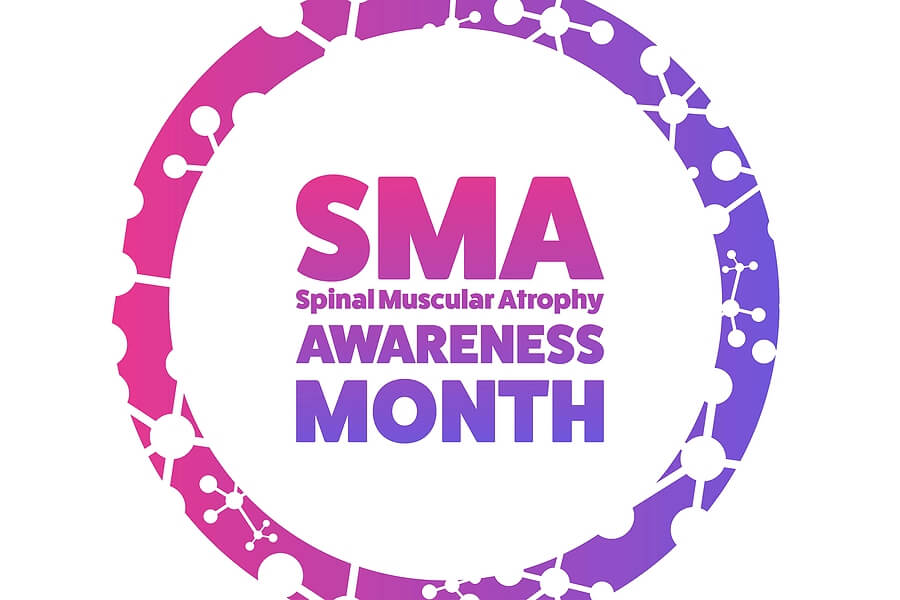Living with Adult Onset Spinal Muscular Atrophy: Type 4
Category:

Like many kinds of chronic disease, living with spinal muscular atrophy (SMA) is easier with proactive management. And while exercise is important for all seniors, it can be particularly important for older adults with SMA. But what is adult spinal muscular atrophy, and how can you make living with spinal muscular atrophy easier?
What is spinal muscular atrophy in adults?
Adult spinal muscular atrophy is a genetic disorder. Atrophy refers to a gradual weakening of the muscles necessary for movement. In SMA, this occurs around the spine as lost nerve cells leads to the connection between the spinal cord and brain to degrade. Lost nerve cells also mean that symptoms become more severe with age.
Spinal muscular atrophy is caused by mutations of SMN1 and SMN2 genes. That means having a family history with SMA can increase your chances of having it, and your chances of passing it on through children and grandchildren. Fortunately, inheriting a mutated gene from one parent is not enough to cause SMA.
There are actually several types of spinal muscular atrophy, including infant onset, intermediate, juvenile-onset, and adult-onset. Spinal muscular atrophy type 4 affects about 1 in 300,000 people – a rarity that can make it difficult to diagnose. Type 4 usually starts during your 20’s or 30’s, which is why it’s called adult-onset spinal muscular atrophy.
Spinal muscular Atrophy Symptoms in Adults
The most common symptom of Type IV adult spinal muscular atrophy is muscle weakness, especially in the lower body. That weakness can progress to arms and shoulders. It can also include difficulty swallowing, muscle aching, muscle tremors, a waddling gait, and scoliosis. The extent to which people are affected by these symptoms varies on a case by case basis.
Fortunately, these symptoms generally don’t interfere with the functions of normal life. Most adults with SMA can walk without the need of a wheelchair but will need some kind of assistance walking by the age of 60. However, without management, these symptoms can lead to a variety of quality of life issues.
Living with Spinal Muscular Atrophy
Since there’s no cure, management of SMA is mostly about minimizing the impact of symptoms; especially those that might interfere with a person’s quality of life. Like you might expect, it’s mostly about diet and exercise. Reducing excess body weight and staying in shape is the most effective way to help make the symptoms of SMA more manageable.
In addition to physical therapy, occupational therapy treatment for spinal muscular atrophy is very common. That mostly means performing fitness-appropriate weight training along with range of motion exercises. Some individuals also find the use of supportive orthotic splints and braces is helpful, but it depends on a person’s symptoms.
Finding Support
One of the best resources for finding nationwide support for SMA is Families of Spinal Muscular Atrophy, which recently changed their name to Cure SMA. It’s also worth pointing out the SMA Foundation, which maintains a list of spinal muscular atrophy support groups and information for adults living with spinal muscular atrophy. Along with a healthy lifestyle, finding the right local support can help make living with adult-onset muscular atrophy much easier.
Subscribe
Date: August 5, 2020
Category:
